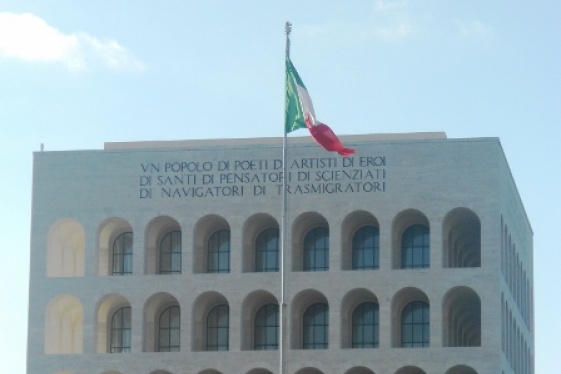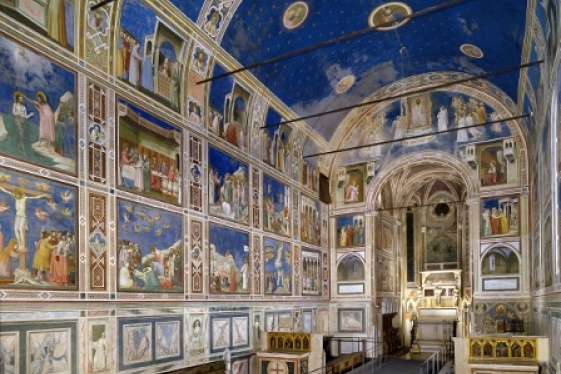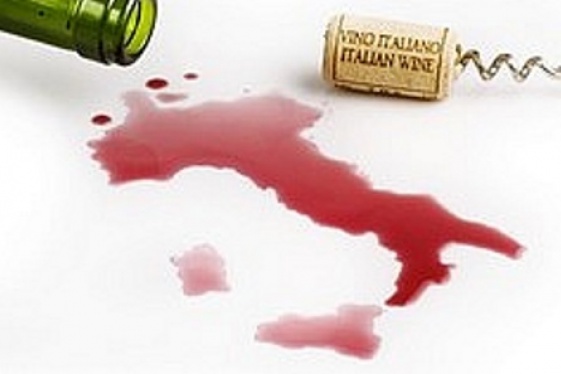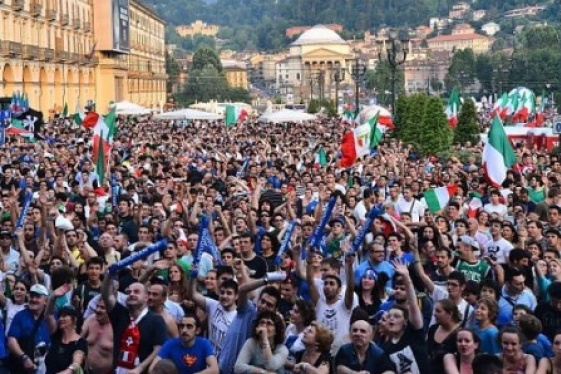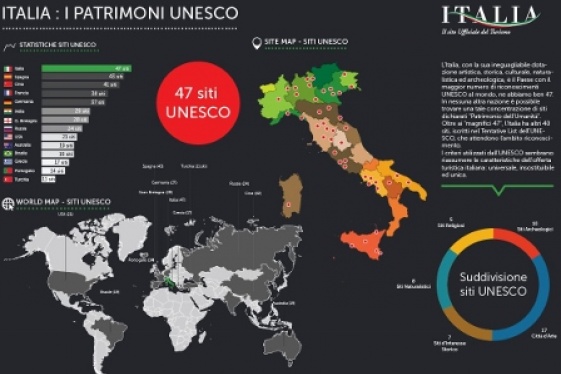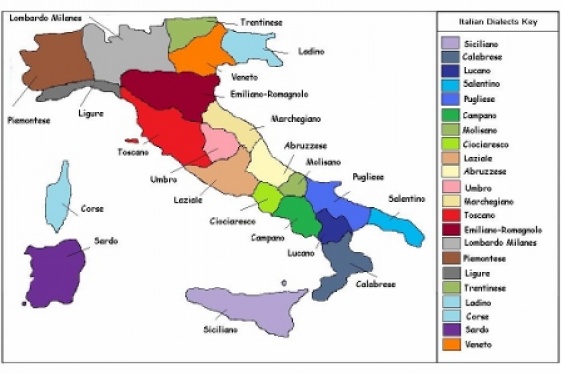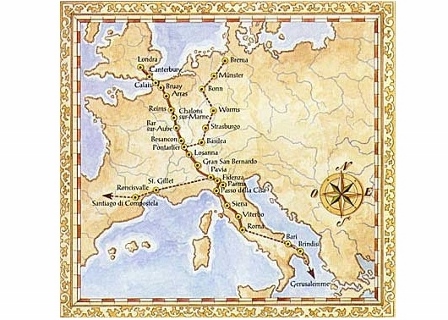

WTI Magazine #81 2016 July 15
Author : Elda Buonanno Foley Translation by:
As I have often indicated in my articles while talking about the Made in Italy concept, art and tourism are two of the main reasons that attract millions of people to visit our country. However, it seems that the average tourist seems to be stuck with Rome, Florence, and Venice as the only cultural centers to list in their visit. There is so much to see and visit in Italy that an entire magazine would not be sufficient.
However, this article does not want to make rhetorical points or going into the art section that explores the sites of Italy in this magazine and elsewhere: I wish, rather, to illustrate how there are other ways to appreciate the cultural, anthropological, social and extremely diversified identity in its local and regional perspective while discovering Italy differently.
As a matter of fact, it is becoming extremely popular in the last 15 years to travel in our Bel Paese while walking, biking and riding horses along the so called "Spiritual paths" that for centuries pilgrims from all over Europe would take to reach St. Peter's shrine in Rome. There are several paths that could be followed, with the most popular being the "Via Francigena" that starts from the Alps (Gran San Bernardo Mountain) in "Valle d'Aosta", and after 1,015 kilometers along small towns (Ivrea, Vercelli, Fidenza, Pontremoli, Lucca, Siena, just to name a few) reaches Rome in 45 stops. Or the "Via Romea Germanica" that starts in the Brennero mountains (Trentino Region) and in 46 stops and 1,020 kilometers arrives in Rome. The "Via Amerina" that from Assisi (one of the holy sites in Italy for Saint Francis of Assisi shrine) and in 11 stops gets to Rome after 200 kilometers. Or Saint Benedict's path that from Norcia in Umbria follows the saint's journey till Montecassino in the Lazio Region. The "Coast to Coast" path takes the pilgrim from Conero in the Adriatic sea to the Argentario Peninsula in Tuscany (in the Tyrrhenian sea) after 400 kilometers and 18 stops.
Normally, along the path taken, the tourists/modern pilgrims would stop in religious locations or a private B&B to replenish and than continue along the journey that allows them to enjoy the beauties of our country through different lenses.
Thus the question is why should we consider such different ways? It would not only be for spiritual, cultural or "alternative ways" reasons, but rather the choice of discovering the hidden and more secular values, traditions, small medieval towns and their unchanged "flavors" that make the identity of our country so peculiar and relevant. The journey would indeed be through the flavors of those traditions that keep being passed to future generations: the local baker that makes the typical loaf of bread with a cross that ancient bakers would prepare centuries ago; or the honey that is the main ingredient in biscuits made following the ancient Etruscan way. Or that white wine, cheese, meat or game dishes that are prepared according to the ancient ways.
What I am talking about is another way to address the typical Italian stereotypes while talking about the tourist side of Italy: we do not need to have expensive trips to the most popular attractions in our country or "check the list" for things done that are so common in Italy. The tourists would understand, value and treasure most, and probably better the treasures in our land, if they start looking at alternatives to visit, different ways of travelling in our country or just listening to the hidden voices of those uses and traditions that make our Italian culture so distinct and profound. And thus, the "spiritual paths" would be one possible option. Buon Viaggio!
You may be interested
-
The Italian Way Addressing the Italian Stereo...
WTI Magazine #72 2015 November 13Author : Elda Buonanno Foley Translation by:...
-
The Italian Way Addressing the Italian Stereo...
WTI Magazine #73 2015 November 27Author : Elda Buonanno Foley Translation by:...
-
The Italian Way: Addressing the Italian Itali...
WTI Magazine #78 2016 April 15Author : Elda Buonanno Foley Translation by: ...
-
The Italian way: Addressing the Italian Stere...
WTI Magazine #61 2015 May, 29Author : Elda Buonanno Foley Translation by: W...
-
The Italian Way: Addressing the Italian Stere...
WTI Magazine #64 2015 July, 10Author : Elda Buonanno Foley Translation by: ...
-
The Italian way: Addressing the Italian Stere...
WTI Magazine #59 2015 May, 1Author : Elda Buonanno Foley Translation by: If...
-
The Italian Way: Addressing the Italian Stere...
WTI Magazine #68 2015 September, 18Author : Elda Buonanno Foley Translation by:...
-
The Italian Way: Addressing the Italian Stere...
WTI Magazine #69 2015 October, 2Author : Elda Buonanno Foley Translation by: ...



